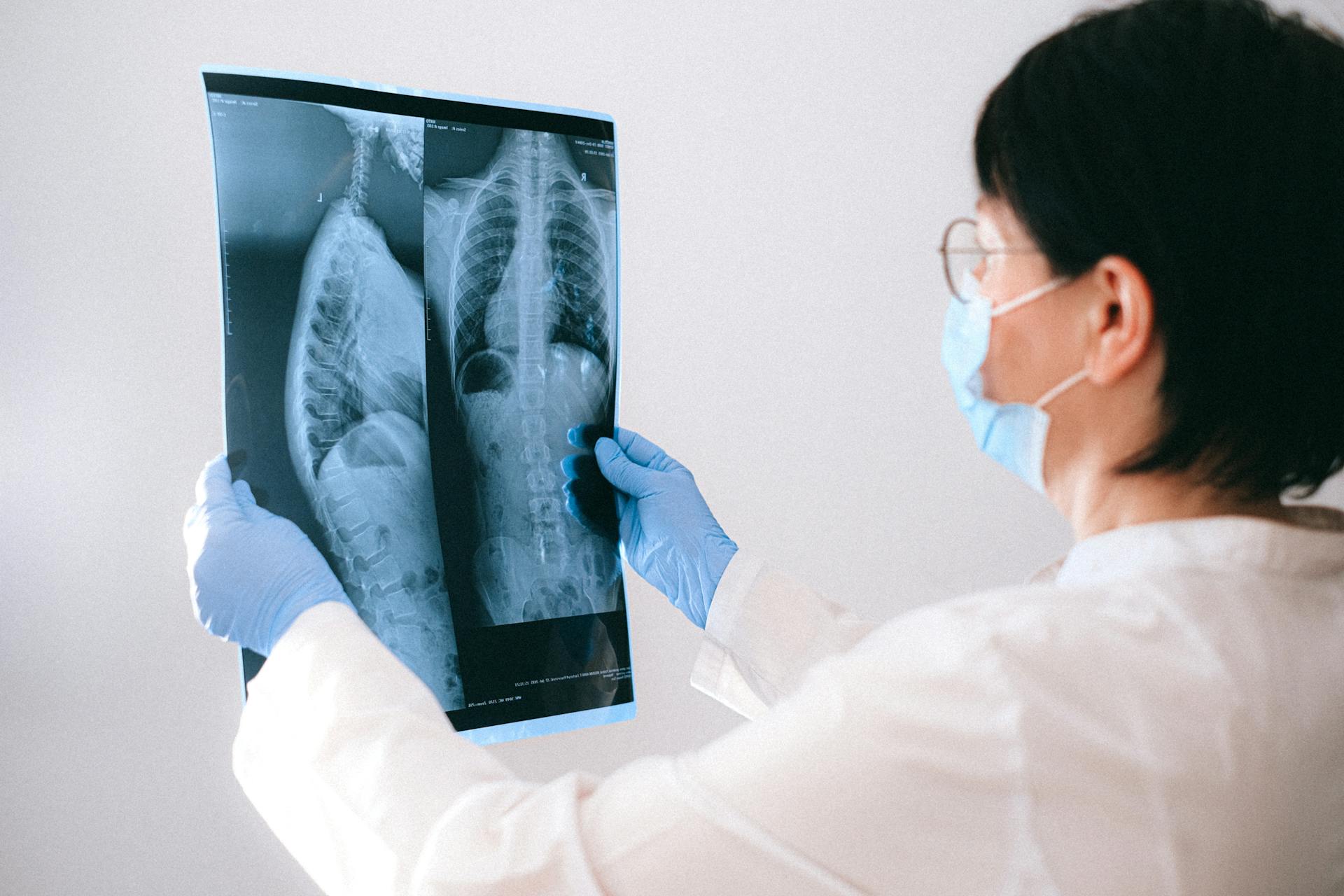Public health has changed a lot in the last few years. Most of that has been due the the effects of the COVID-19 pandemic, through which the speed of research has accelerated – but that’s not the only area where things have improved. Technology has significantly increased a doctor’s ability to diagnose a condition or illness, and therefore treat them more efficiently.
These advancements have happened at a rapid pace across all sectors. Today, you’ll learn about three ways diagnostics are changing as a whole.

Image Credit: Pexels
- Advancements in Artificial Intelligence (AI)
As is the case in most industries, AI is significantly changing the way people work, and some of the most exciting developments are happening in the medical field.
For example, CT and MRI scanners have implemented the technology to provide greater insight into medical imaging, increasing the resolution of images via deep learning algorithms. The Canon Aquilion CT scanners are now equipped with this technology; these particular models are also using AI to significantly reduce the radiation patients receive by being able to modulate the effective dose to target only specific areas of the body.
These scanners can also be linked together to form a network, allowing the system to learn from a huge data set and improve over time, making results faster and more accurate year by year.
- Innovation in ENT Diagnostics
Ear, nose, and throat sectors have also seen a great deal of advancement in the last few years. One notable improvement has been with smartphone-enabled otoscopes, which allow the general public to capture detailed images of an affected area for regular monitoring: these images can then be regularly observed via telemedicine phone calls with an ENT health care professional.
If you’re curious about innovation in this area, you’ll also be interested to learn what’s new in hearing test technology. AI has also been implemented here, too, enabling audiologists and ENT doctors to deeply analyse trends in test data over the long term, illuminating subtle changes in a patient’s hearing that can result in faster, more accurate diagnosis.
- Point-of-Care Testing (POCT)
As briefly touched on above, the speed at which a diagnosis can be made and actioned has significantly improved since the pandemic. Many of these advancements surround Point of Care Testing (POCT), which allows healthcare professionals to conduct testing in remote areas or homes for patients without immediate access to a fully functioning healthcare system.
Equipment that used to only be available in a doctor’s office can now fit snugly in the palm, enabling doctors and nurses to bring the surgery to the patient. POCT devices (which encompass a broad range of different types of technology) can be used to provide results in minutes, negating the need for lengthy follow-ups.
Wrapping Up
There are so many exciting ways public health is changing, with the above three areas representing only a small fraction. It’s safe to say that the next 20 years will likely represent a period of many scientific breakthroughs, and hopefully, the eradication of some of the most pervasive diseases humanity faces.